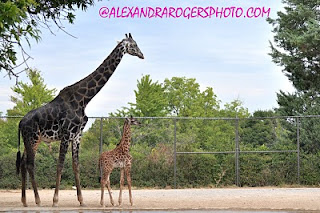
Quote of the day:
"There are lots of things you could have been,could have done,could have seen,could have known,and could have experienced.Yet nothing compares to the wondrous places you'll go when you do what you know you CAN."
When i went to photography school some years ago,digital was just not there yet!! film,lab,and all kinds of working,i mean really working with lights,sun and the great dark room,was the way to learn to be a photographer,and then some years after i decided to get back on track and OMG,what happen? I found myself lost in the digital world,,pixel,megapixel,image sensor,,,scary!
Film and digital capture are completely different media. They are used for similar purposes, but they themselves are completely unrelated to each other.
I used to spent time a lot of time to take a pic,developed and then sometimes not even been 100%happy with the results and I just had to do it all over again.
Even worse when a see people looking at me like I'm a alien just because I still love film but i have to admit it,after my 8008 Nikon this D90 is a little princess!!
my old film camera will always be w me,and my dark room will be in my garage but i spend all my time now,reading post,articles,and manual for to improve my photography knowledge and to feel in the mood to just take pictures without feeling like a digital amateur,,I guess not matter how many years i spent in school or how many pics i took before i have to start all over again..and you know what?It is just OK...
So here i go some I will get some technical info.. I know is no fun but is helpful
Spatial resolution
The quality of digital photographs an be measured in several ways. Pixel count is presumed to correlate with spatial resolution. The quantity of picture elements (pixels) in the image sensor is usually counted in millions and called "megapixels". The resolution of film images depends upon the area of film used to record the image - 35 mm, Medium format or Large format - the speed of the film and the quality of lens fitted to the camera.
Digital cameras have a variable relationship between resolution and megapixel count;other factors are important in digital camera resolution, such as the number of pixels used to resolve the image, the effect of the Bayer pattern or other sensor filters on the digital sensor and the image processing algorithm used to interpolate sensor pixels to image pixels. Digital sensors are generally arranged in a rectangular grid pattern, making images susceptible to moire pattern artifacts, whereas film is not affected by this because of the random orientation of grains.
Estimates of a photograph's resolution taken with a 35 mm film camera vary. More information may be recorded if a fine-grain film, combined with a specially-formulated developer are used. Conversely, less resolution may be recorded with poor quality optics or with coarse-grained film. A 36 mm x 24 mm frame of ISO 100-speed film is estimated to contain the equivalent of 20 million pixels.
Many professional-quality film cameras use medium format or large format films. Because of the size of the imaging area, these can record higher resolution images than current top-of-the-range digital cameras. A medium format film image can record an equivalent of approximately 50 megapixels, while large format films can record around 200 megapixels (4 × 5 inch) which equates to around 800 megapixels on the largest common film format, 8 × 10 inches, without accounting for lens sharpness. A medium format DSLR provides from 42 to 50 megapixels, which is similar to medium format film quality.
The medium which will be used for display, and the viewing distance, should be taken into account. For instance, if a photograph will only be viewed on a television or computer display, which can resolve approximately .3 megapixels and 1-2 megapixels, respectively, or HD sets of 1080p that can display 2MP, the resolution provided by inexpensive digital cameras may be sufficient.










